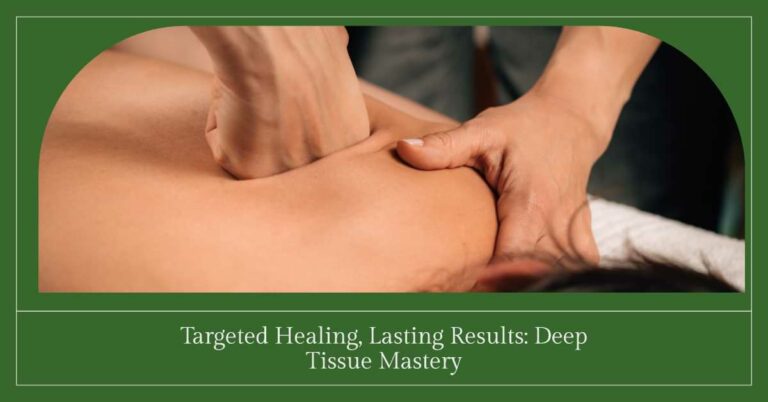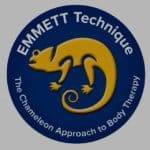Professional Deep Tissue Massage Near Me

What is Deep Tissue Massage?
Deep tissue massage involves applying firm pressure and slow strokes to reach deeper layers of muscle and fascia (the connective tissue surrounding muscles).
It’s used for chronic aches and pain and contracted areas such as a stiff neck and upper back, low back pain, leg muscle tightness, and sore shoulders.
Deep tissue massage usually focuses on a specific problem, such as chronic muscle pain, injury rehabilitation, and the following conditions:
- Low back pain
- Limited mobility
- Recovery from injuries (e.g. whiplash, falls)
- Repetitive strain injury, such as carpal tunnel syndrome
- Postural problems
- Muscle tension in the hamstrings, glutes, IT band, legs, quadriceps, rhomboids, upper back
- Sciatica
- Piriformis syndrome
- Tennis elbow
- Fibromyalgia
- Upper back or neck pain
Be sure to advise your therapist of any pre-existing medical conditions or areas to avoid before they begin your treatment.
Deep tissue massage techniques are used to break up scar tissue and physically break down muscle “knots” or adhesions (bands of painful, rigid tissue) that can disrupt circulation and cause pain, limited range of motion, and inflammation.
You may be asked to breathe deeply as the massage therapist works on tense areas.
After the massage, you may feel some stiffness or soreness, but it should subside within a day or so.
Be sure to contact your massage therapist if you have concerns or if you feel pain after having a massage.
Your therapist will use a combination of trigger point techniques, cross-fibre friction and myofascial release, alongside joint mobilisations and stretches.
At the beginning of a deep tissue massage, lighter pressure is generally applied to warm up and prepare the muscles. Specific techniques are then applied. Common techniques include:
- Stripping: Deep, gliding pressure along the length of the muscle fibres using the elbow, forearm, knuckles, and thumbs.
- Friction: Pressure applied across the grain of a muscle to release adhesions and realign tissue fibres.
Following your massage, your muscles may feel sore for a day or two, though it may also help to alleviate existing soreness.
After a deep tissue massage it is very important that you take time to rest.
We recommend not having any plans for the rest of the day allow your body to readjust.
Take a warm bath, ensure you get adequate rest and drink plenty of water. Never put strain on muscles that are already feeling tender.
At certain times during the massage, you may feel some discomfort or even some pain as the massage therapist works on areas where there are adhesions or scar tissue.
Pain isn’t necessarily good, and it’s not a sign that the massage will be effective. In fact, your body may tense up in response to pain, making it harder for the therapist to reach deeper muscles.
You should always tell your massage therapist if you feel pain during the massage.
The therapist can adjust the technique or further prep the tissues if the superficial muscles are tense.





